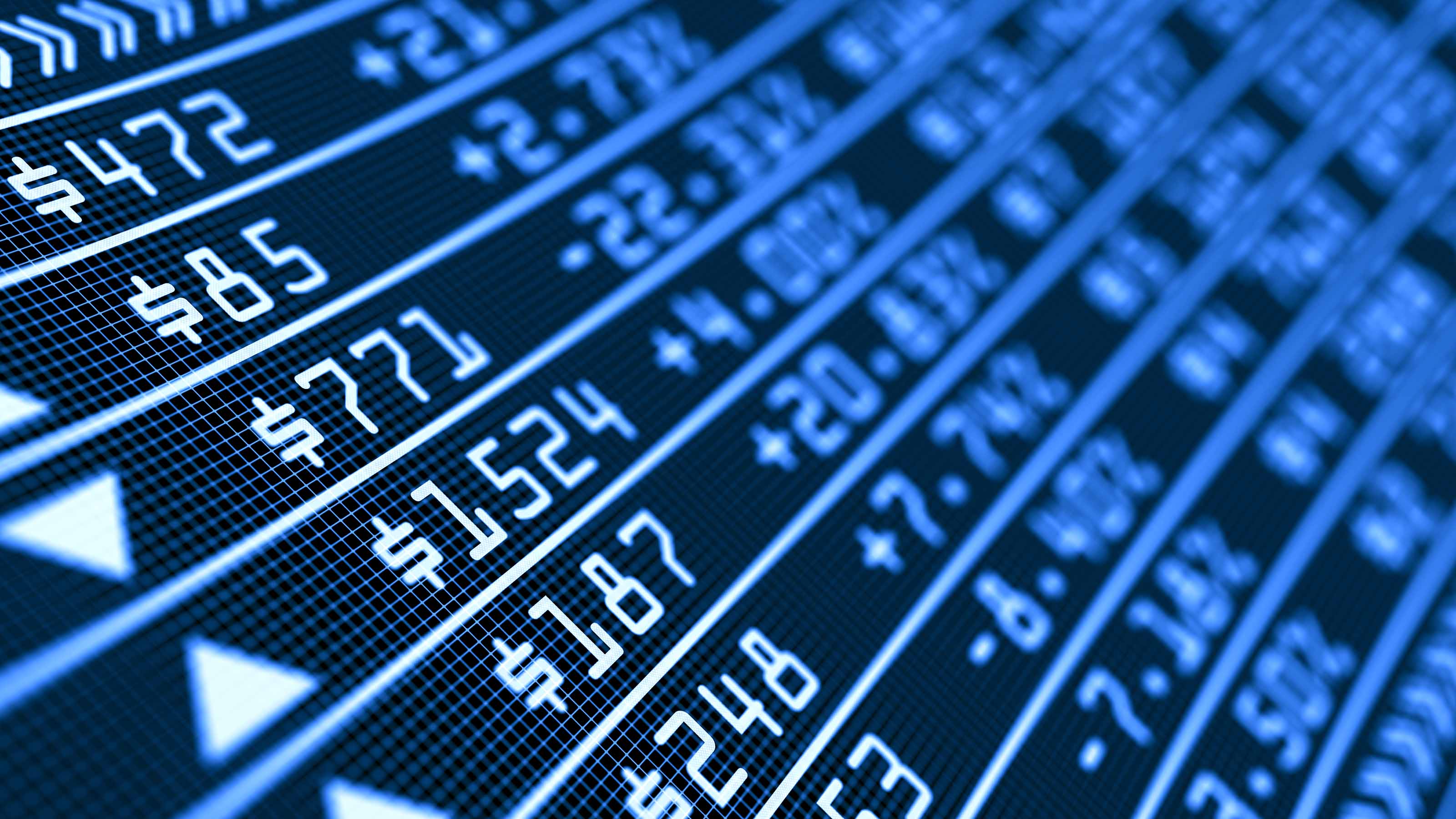
The meteoric rise of a handful of tech stocks has many investors wondering whether the stock market is in a bubble. Bubbles have been the bane of investors since tulips took off in the 1600s, and they rarely end well. Obvious in retrospect, bubbles are notoriously difficult to recognize when you’re in one.
Here’s what we do know: The so-called Magnificent Seven (Alphabet, Amazon.com, Apple, Meta Platforms, Microsoft, Nvidia and Tesla) led the S&P 500 charge upward in 2023. And so far in 2024, the broad benchmark’s gains have been ferocious.
But some of the Magnificent Seven are already taking a breather or perhaps even deflating. Tesla shares have lost 29% since the start of 2024; Apple stock has struggled, too. “I think the bubble is already fading,” says Francois Trahan, an economist and president of the Macro Institute, who says he was “hesitant” to use the term bubble until recently.
A long history of stock bubbles
There’s an asset bubble almost every decade. In addition to the 1630s Dutch tulip bulb craze, notable examples include the Nifty Fifty group of blue-chip companies in the late 1960s, Japanese assets (real estate, stocks) in the late 1980s and, of course, the dot-com boom in the late 1990s. Most are driven by the arrival of a life-changing technology (the computer, the internet, artificial intelligence) or the belief that there’s a permanent scarcity of goods.
“Bubbles usually follow a period of easy money,” much like we’ve seen in recent years, says Trahan, “which leads to a rebounding economy and a feeling of prosperity. That’s usually when speculation kicks in. I’d say we have followed this historical pattern very well so far.”
Past market bubbles have shared three key traits as they neared extremes. First, there’s a sizable gap between the price of the asset that’s bubbling up and its fundamental value. Second, the buying frenzy expands to include everyone (your mail carrier, say, or your mother). And third, there is rampant speculation, often amplified by trading with borrowed funds, as with margin accounts.
But the biggest common denominator of all bubbles is greed and the prevailing belief that soaring prices are justified because “this time things are different,” says Trahan. “You can believe that AI is real and it’s going to change the world — the same way that the internet changed the world. But that doesn’t mean that Nvidia stock is going to go up forever.”
Before a bubble pops, price volatility rises substantially as assets trade more on momentum and less on fundamental measures. That’s when the bubble enters its “greater fool” stage, with buyers pushing prices to even more extreme levels because they believe a new buyer will pay an even higher price.
The party typically ends after central banks raise interest rates. But the decline doesn’t happen immediately. For instance, the Federal Reserve began raising rates in June 1999, but the dot-com bubble didn’t peak — and pop — until early March 2000. Higher rates burst the bubble in Japan, too. The first interest rate hike came in March 1989; in December of that year, the Nikkei 225 peaked, and the bubble popped. And the Nifty Fifty bubble met its end when the Fed aggressively raised rates between January 1973 and April 1974.
There are usually ample signs that an investment craze is overheating. Price-earnings ratios based on expected earnings rise to unsustainably high levels. The S&P 500’s P/E, currently 22, is 29% above its long-term average. “That’s a concern,” says Sam Stovall, chief investment strategist at CFRA Research, but it’s nowhere near the benchmark’s P/E of 27 in late 1999, just before the dot-com bubble peaked.
Declining earnings estimates are another “warning signal,” says Stovall. Watch for less-than-encouraging company guidance for future quarters. “If we can hear optimism from company managers regarding future growth and we see numbers coming in better than expected,” that would be a sign that the good times will continue, says Stovall. But when the talk turns less confident, it might be time to leave the party.
Did you hear a stock market pop?
When a bubble deflates, it’s often unclear whether the market is experiencing a pullback (a 5% to 9.9% decline), a correction (a 10% to 19.9% drop) or the start of a bear market (a decline of 20% or more), says Stovall. Some investors view early declines as buying opportunities, only to see prices to fall further.
Confusion persists until everything starts dropping in price, and then it often feels as if there’s no place to hide. The stocks that had been highfliers suffer the most, of course. Defensive areas of the market tend to hold up better. In calendar year 2000, for instance, the year the dot-com bubble burst, the S&P 500 lost 9%, but top-performing sectors included health care (up 37%), utilities (up 57%), financials (up 25%) and consumer staples (up 17%). “When the going gets tough, the tough go eating, drinking and smoking. And when they overdo it, they go to the doctor,” quips Stovall.
Bonds tend to do well, too. “Money will flock to bonds” or even bond-like stocks, such as utilities, after a bubble pops, says Trahan. “That’s usually the place to be.” In 2000, as U.S. stocks cratered, the Bloomberg U.S. Aggregate Bond index, a high-quality benchmark of U.S. corporate and government debt, gained 11.6%. It would go on to deliver a 6.3% annualized return over the next decade.
Some burst bubbles have led to long stretches of poor performance known as lost decades, during which stock markets stagnate and economic growth slows. After the 1929 stock market crash, for instance, a drought in market returns lasted through 1939. Japan experienced several decades of slow economic growth and negative stock returns after the Nikkei 225 peaked in 1989; the index only this year recovered its 1989 peak level. And for the 10-year period after the dot-com bubble deflated, the S&P 500 lost 1% on average per year.
So, where are we now? Is it time to cut and run? Or should we continue to invest in this rally? Savita Subramanian, head of U.S. equity strategy at BofA Global Research, remains optimistic. “The S&P 500 lacks signs of a bubble,” she says. “In our view, this bull market has legs.”
But Stovall, who is bullish for the long term, nonetheless sees “tiny bubbles” that are beginning to concern him. The S&P 500 recovered all of its bear-market losses on January 19, he notes. And since then, stocks in companies of all sizes, styles and sectors are in positive territory. “This rising tide has most assuredly lifted almost all boats,” says Stovall, adding, “we’re due for a pullback.”
The best defense for a stock bubble
This is a good time to remind yourself of time-honored investing tenets, such as diversification. Lisa Shalett, chief investment officer for Morgan Stanley Wealth Management, suggests diversifying your portfolio now with exposure to U.S. bonds and non-U.S. equities.
Consider an equal-weighted S&P 500 index fund, which holds all of the stocks in the benchmark in equal proportion, so you’re not so overweight with highfliers. Or explore assets that zig when stocks zag, such as hedge funds or alternative assets.
Note: This item first appeared in Kiplinger's Personal Finance Magazine, a monthly, trustworthy source of advice and guidance. Subscribe to help you make more money and keep more of the money you make here.







